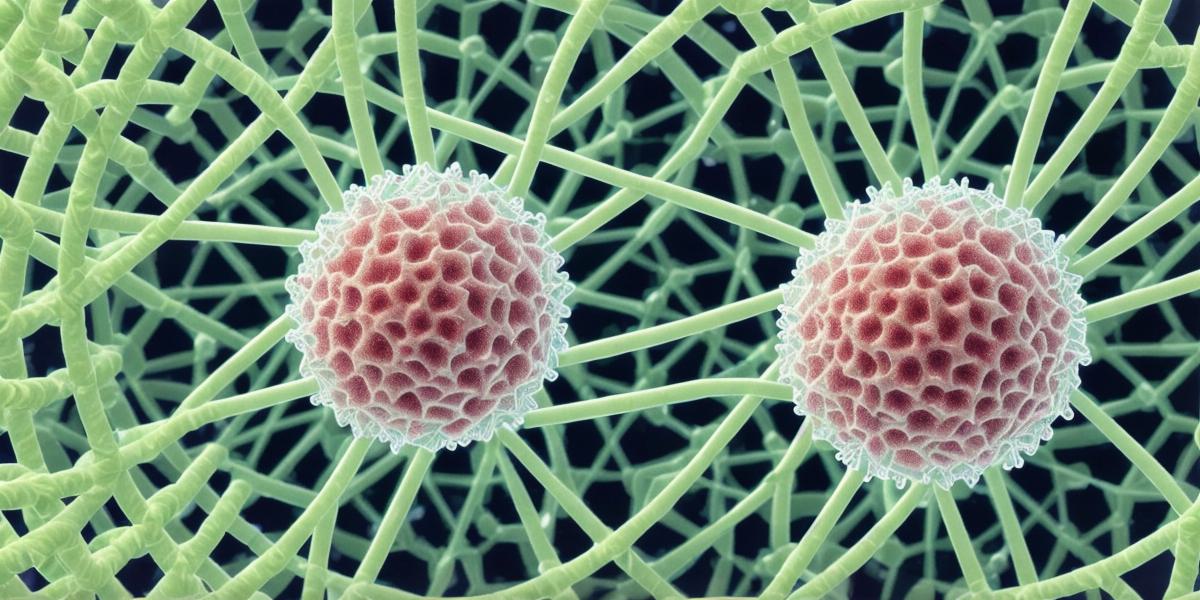Viruses, a fascinating yet enigmatic class of biological entities, are not considered living organisms due to their lack of metabolic capabilities. However, they are incredibly tenacious and resilient, with the ability to hijack host cells for their replication process. Viruses enter our bodies through various means, including contaminated food, water, respiratory droplets, or direct contact with an infected individual.
Where Do Viruses Hide?
Viruses seek out specific types of cells in different parts of the body to infect and replicate. For instance, influenza viruses primarily target respiratory epithelial cells, causing illnesses such as the common cold or flu. In contrast, HIV (Human Immunodeficiency Virus) targets and damages the immune system by infecting CD4+ T cells and macrophages.
The Replication Process: A Closer Look
To replicate, viruses co-opt the host cell’s machinery. This process begins with viral genetic material entering the host cell through various means, such as endocytosis or direct injection. Once inside, the virus uses specific proteins to manipulate the host cell and initiate the replication process.

For example, retroviruses like HIV reverse transcribe their RNA genome into DNA using an enzyme called reverse transcriptase. This new DNA integrates itself into the host cell’s chromosomes, allowing the virus to use the cell’s machinery for protein production and eventually create more viral particles.
The Virus Spreads: From One Cell to Many
Once the replication process is complete, the host cell produces many new viral particles that can infect other cells. These newly infected cells then follow a similar pathway of viral entry, manipulation, and replication. This chain reaction allows viruses to spread rapidly through the body, causing illness or disease.
The Importance of Understanding Viral Replication
Understanding the intricacies of viral replication is crucial for developing effective antiviral treatments and vaccines. By studying how viruses infect cells, scientists can design drugs that target specific aspects of the viral life cycle. Additionally, understanding the mechanisms behind viral entry and replication provides insight into potential vulnerabilities in host cells, which can be exploited to develop protective measures against future outbreaks.







